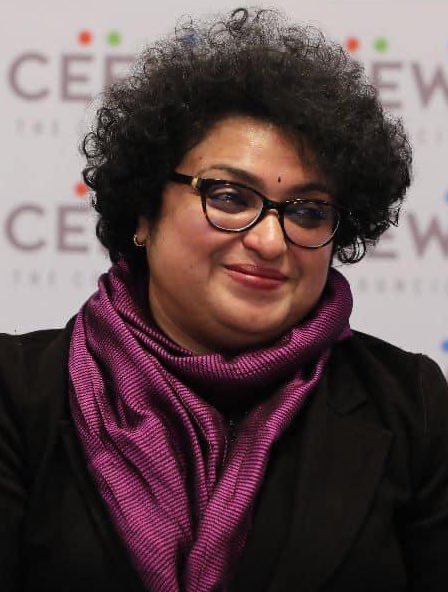Contributors
More »
[ In conversation with Jayant Sriram of The Hindu. ]
Adequate fiscal space and socioeconomic context should be the basis for welfare policies
There is an overwhelming consensus that a slew of welfare policies initiated by the Aam Aadmi Party (AAP) government in its previous term secured the party’s victory …

The data fundamentalism relates to the suppression of data over ‘adverse’ inferences or inferior data.
Thomas Piketty’s magnum opus ‘Capital in the Twenty-First Century’ and his later works popularised the notion of ‘top 1% income quintile’ and estimated income inequality in the context of India. He used a combination of …

“15th Finance Commission’s decision to give 12.5 per cent weightage to “demographic performance” is laudable.
India has made history as the first country ever to integrate gender in the intergovernmental fiscal transfers (IGFT) formula. The 15th Finance Commission has taken this bold decision — during …


